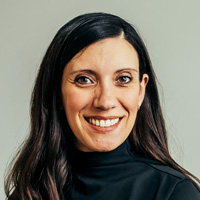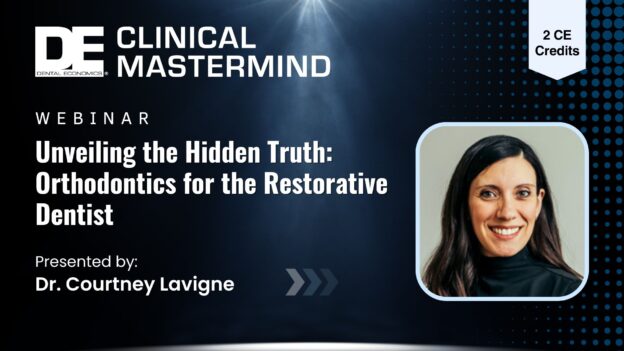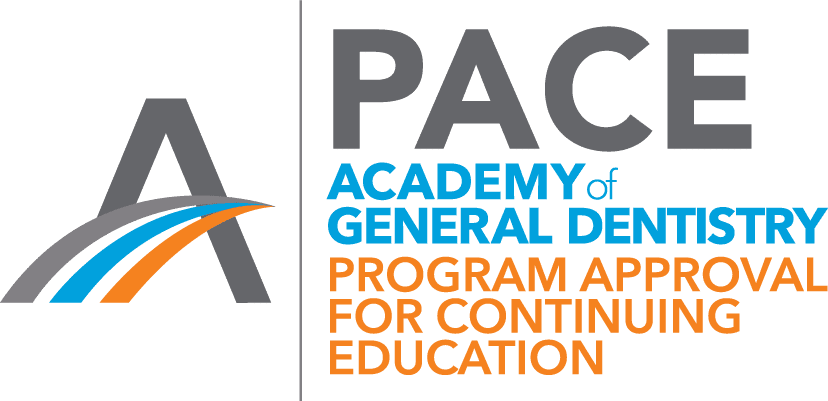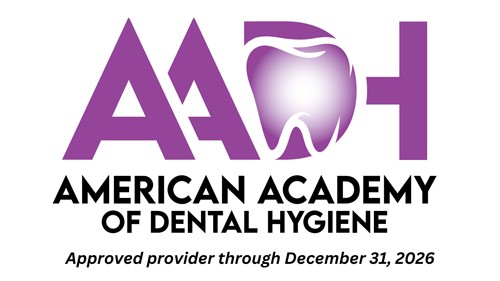Date: March 28, 2025 | 11:00 AM – 1:00 PM CST
Duration: 2 Hours
Credits: 2
Presenter: Dr. Courtney Lavigne
Session 2 of 4 from DE’s Clinical Mastermind Virtual Event
This course will elucidate the orthodontic must-knows to restorative dentists in order to better treatment plan the aligner cases you are keeping in-house, improve your understanding of which cases are better referred out, and enhance your communication with your specialist to get the treatment results you desire.
Learning Objectives
- Learn how to look at the sagittal dimension for skeletal classification, incisor proclination, and growth pattern;
- Understand how to evaluate the amount of crowding present and understand how much crowding can be resolved while respecting the amount of existing bone;
- Learn how to evaluate tooth-size discrepancies to better understand an orthodontic problem versus a tooth-size problem when planning your cases
About the Presenter

Dr. Courtney Lavigne practiced restorative dentistry for a decade before selling her fee-for-service cosmetic practice to specialize in orthodontics. She earned her doctorate at the University of Connecticut, graduating at the top of her class. During her tens years of practice she became accredited through the American Academy of Cosmetic Dentistry, gained fellowship in the Academy of General Dentistry and the Pierre Fauchard Academy, and lectured on dental esthetics and comprehensive care. She started a fee-for-service practice from scratch in the Boston suburbs where she gained a reputation for esthetics and patient-centric care. She was always intrigued by the joints, airway and occlusion and felt she needed additional training to improve her treatment skills. She then completed an orthodontic residency at Tufts University. After years of feeling like orthodontics was a mysterious black box in her restorative plans, she has a passion for enhancing communication and understanding between the restorative dentist and orthodontist so that patients can receive excellent, truly interdisciplinary rather than multidisciplinary care.






